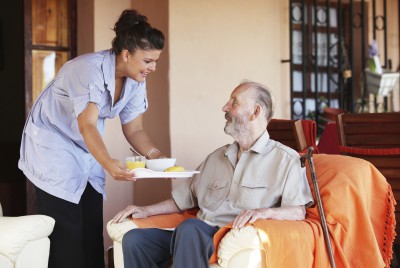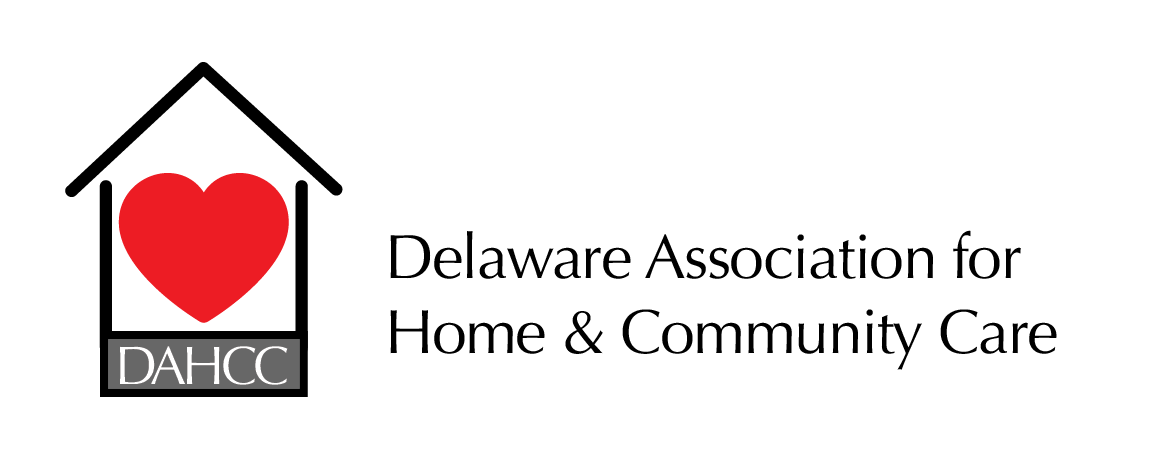4 Steps for When Your Loved One Comes Home From the Hospital


Gone are the days when recovering at a hospital was the norm. Today, hospital patients, regardless of their ages, are sent home to recover and, often times, adult children become caregivers overnight. Most feel ill-equipped and overwhelmed by the responsibility. All involved must make adjustments to accommodate the needs of their parents without jeopardizing their commitments to the other people—spouses, children, employers, friends– in their lives. Here are 4 steps for when your loved one comes home from the hospital…
Step 1: Create a Care Plan
The most logical first step after returning home with an elderly parent is to create a care plan, beginning with the doctors’ recommendations, either for the speediest recovery, or for caregiving assistance that is likely to be needed from this point forward.
Make sure your care plan includes:
- The medications being administered and at what frequency
- The dietary restrictions or requirements
- The follow-up doctor visits that need to be scheduled
- The activities of daily living that will require assistance
- The medical equipment devices that must be purchased and/or the safety accessories that must be installed in the home
For the care plan to be complete, the above points must be coupled with a list of household tasks that must be performed in order for the environment to be clean and sanitary.
Step 2: Determine Your Resource Inventory
After the above points have been addressed, an inventory of resources can be taken:
- Who is available to be involved in the caregiving responsibilities?
- What community resources are available to relieve some of the burdens?
- Is hiring a professional caregiver an option?
Step 3: Note the Patient’s Mental State
As the care plan is implemented, all caregivers must be alert to the patient’s mental and physical changes. While they may be grateful, even the loved one that is naturally easygoing and cooperative may not be happy about the “intrusions” of others. The loss of independence and the initial adjustments associated with having caregivers in the home can contribute to moodiness, irritability, and depression. After a couple of weeks’ adjustment time, if these mental states linger, they should be reported to the discharging physician.
Step 4: Plan for Respite
The enormous responsibility associated with caring for a loved one often wreaks havoc on the caregiver’s own mental and physical state. Having a built-in respite plan helps the caregiver manage the stress and provides opportunity for rejuvenation. This can come in the form of part-time professional caregivers; friends, neighbors, and other relatives; community resources; or adult day care. Without respite, caregivers risk becoming in need of care themselves.
In spite of the apparent stress involved, the sacrifice associated with caring for a loved one often produces times of intimacy and sharing that create memories that could not have occurred any other way, making the role of caregiver one of the most important and most special roles that can be assumed during a lifetime.




